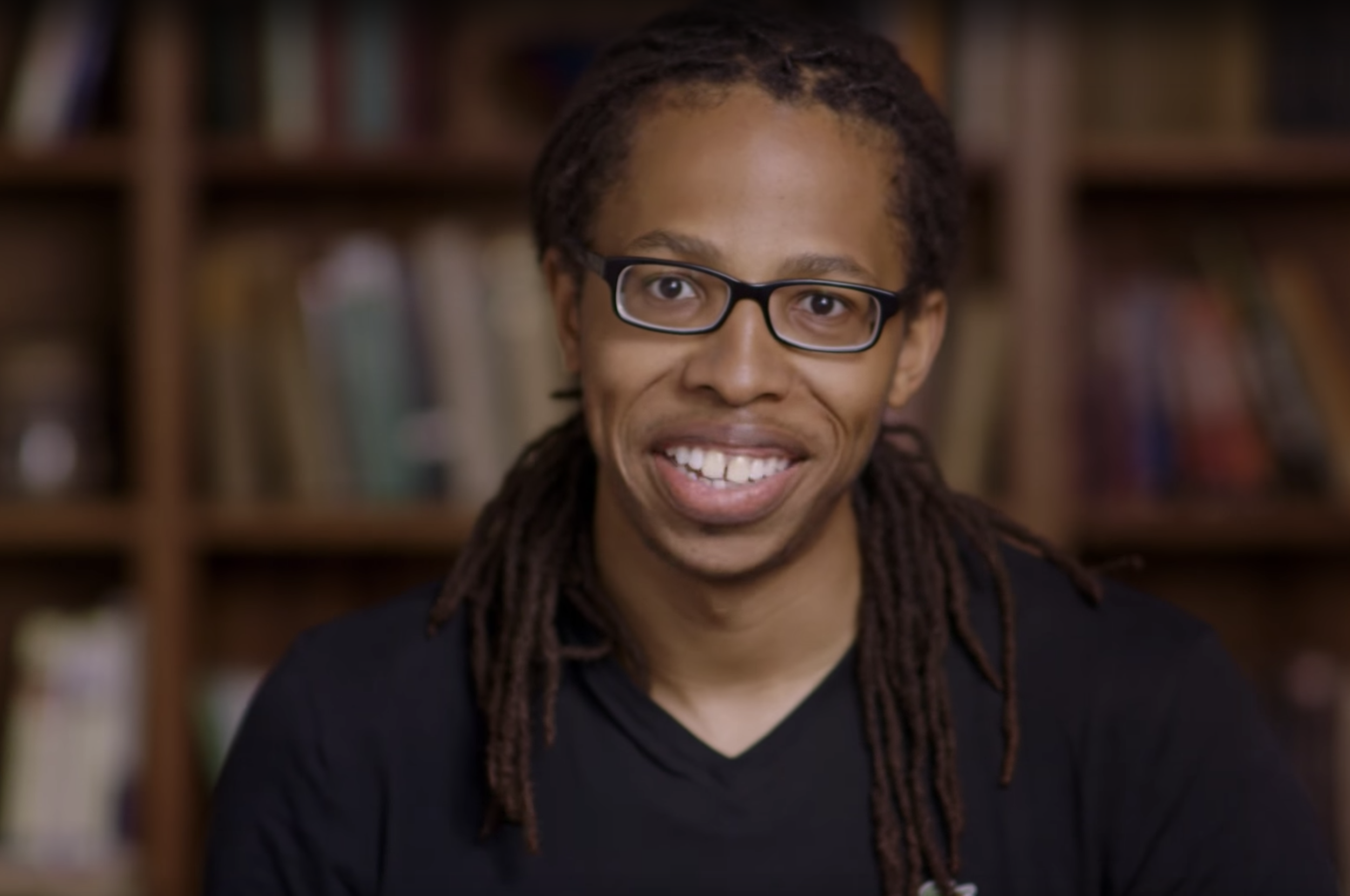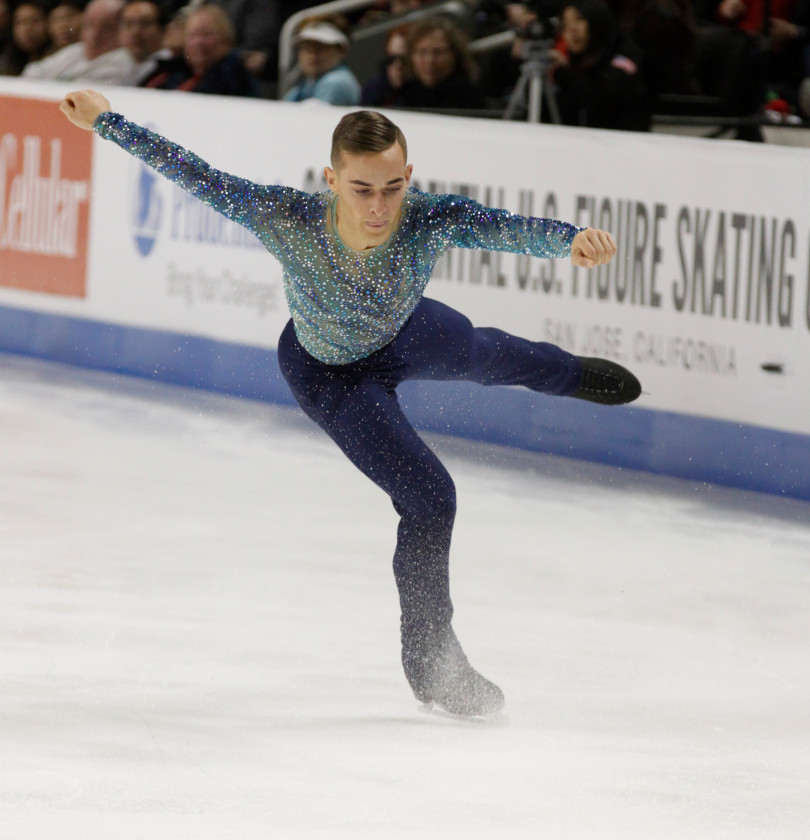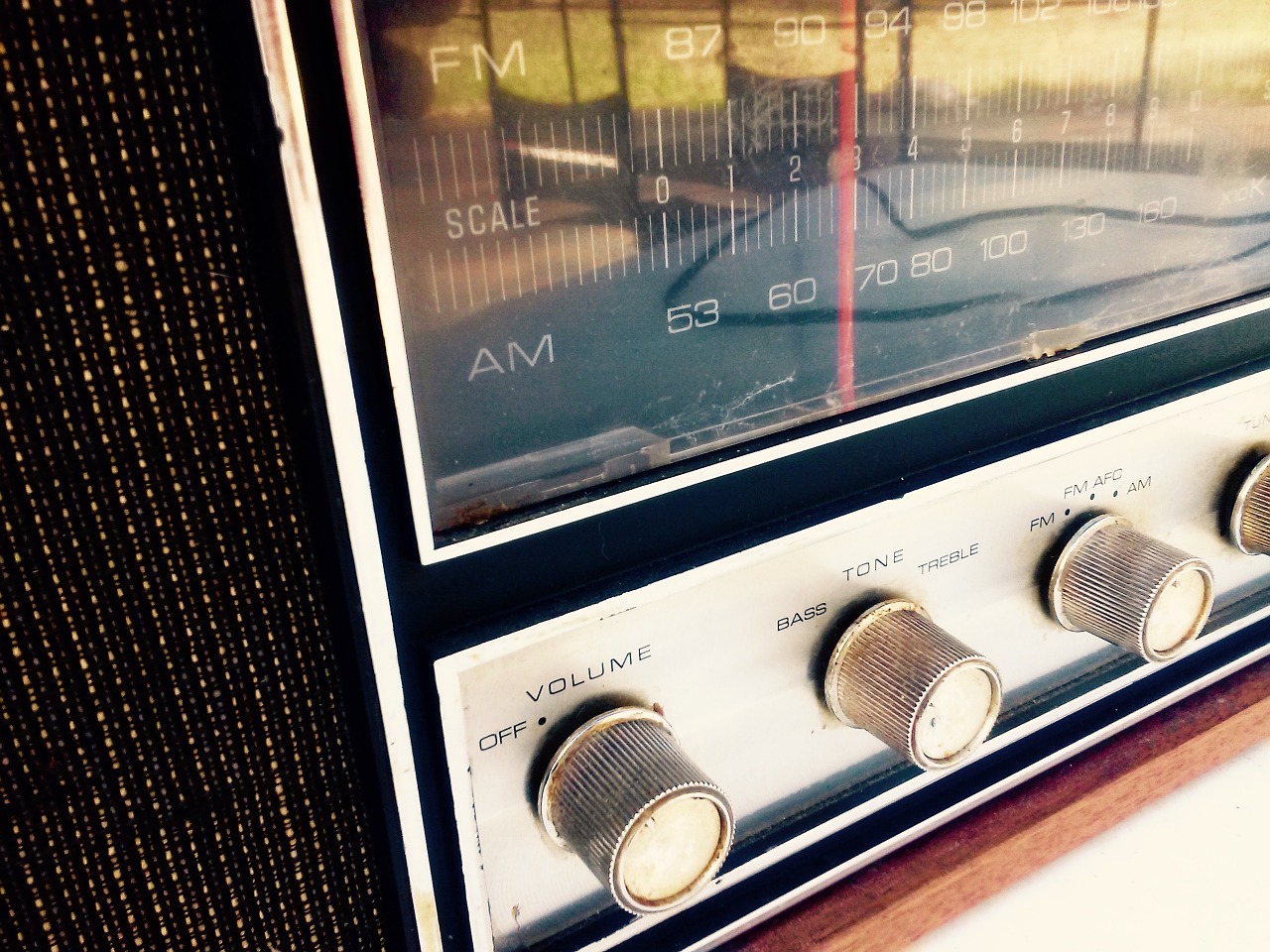Hearing Health Foundation (HHF) has created a new short film, “Hearing Hope,” to expand awareness of hearing health through the voices of those who benefit from and those who carry out the foundation’s life-changing work.
"It took me longer to talk than most kids. Because I couldn't understand what they were saying so I couldn't copy it," explains Emmy, 7.
The third most prevalent chronic physical condition in the U.S., hearing loss can affect anyone—from first-grader Emmy to retired U.S. Army Colonel John—but its reach is often underestimated. “It’s one of the most common sensory deficits in humans,” explains cochlear implant surgeon Dr. Anil Lalwani. “I think we have to go from it being hidden to being visible.”
Both a hearing aid user and cochlear implant recipient, seventh-grader Alex is doing his part to make hearing loss less hidden. Smiling, he says he wants people to know that hearing with his devices makes him happy. John wishes to be an advocate for veterans and all who live with hearing loss and tinnitus.
When she received her hearing loss diagnosis at 17, NASA engineer Renee never thought she'd be living her dream.
The film also highlights resilience in response to the challenges associated with hearing conditions. Video participant Renee saw her dream of becoming an astronaut halted at 17 when her hearing loss was detected. Now she helps send people to space as an engineer at NASA.
Sophia describes the “low, low rock bottom” she hit when she was diagnosed with Usher Syndrome, the leading cause of deafblindness. Yet she feels special knowing her disability shapes her and sets her apart.
Jason recounts having no resources for hearing loss in children when his son, Ethan, failed his newborn hearing screening. Today he’s grateful for Ethan’s aptitude for language, made possible through his early hearing loss intervention.
With the support of HHF, more progress is made each year. “I’m glad that the doctors are trying to figure out how fish and birds can restore their hearing,” says Emmy.
For the past 60 years, HHF has funded promising hearing science and in 2011 established the Hearing Restoration Project (HRP), an international consortium dedicated to finding biological cures for hearing loss using fish, bird, and mouse models to replicate the phenomenon of hearing loss reversal in humans.
“If [the HRP] can achieve that goal of hearing restoration...that would be a marvelous thing for hearing loss,” reiterates Dr. Robert Dobie.
Through “Hearing Hope,” HHF would like to share its mission and message of hope to as many individuals as possible and reassure those with hearing loss and their loved ones they are not alone. As an organization that channels all efforts into research and education, HHF would greatly appreciate any assistance or suggestions to increase visibility of the film.
Watch the full film at www.hhf.org/video. Closed captioning is available.















